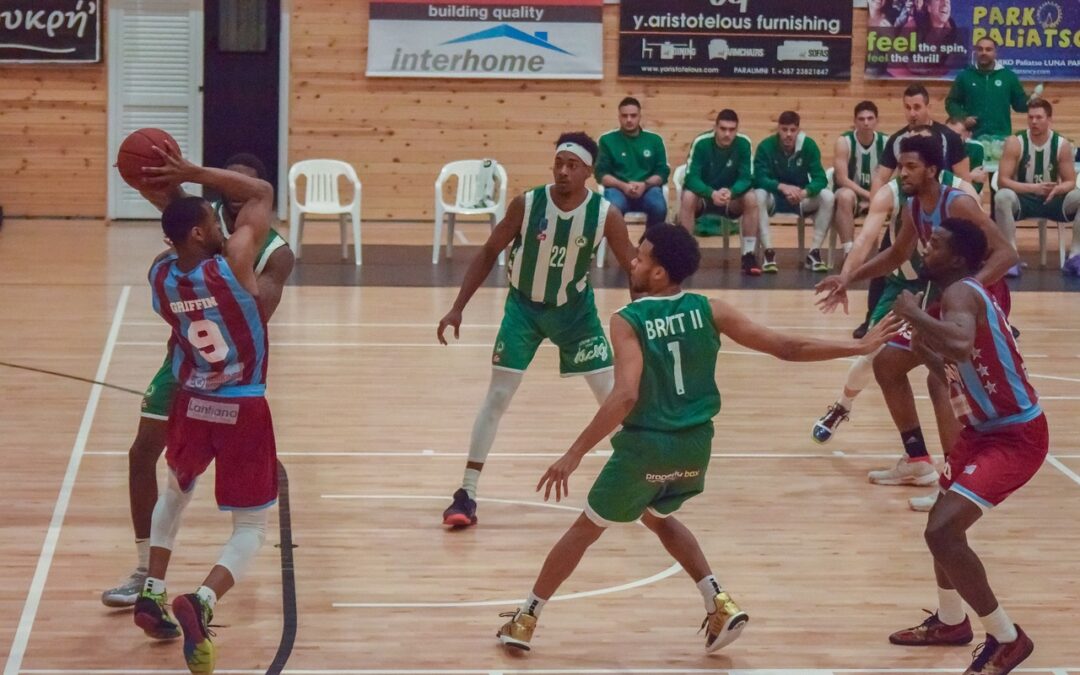Switching screens on defense is a crucial tactic in high school basketball that can make a big difference in the outcome of games. It involves players seamlessly exchanging defensive assignments to disrupt the opposing team’s offensive flow and reduce the chances of giving up easy points.
In this blog post, we’ll dive into the world of switching on defense, exploring the benefits of this strategy, key principles to keep in mind, and tips for executing switches effectively. Whether you’re a player or a coach, this guide will help you master the art of switching on defense and take your team’s performance to the next level.
Switching Screens on Defense
The topic for this blog comes from a question asked by fellow coach in Idaho. Last week JT contacted us regarding switching screens in his man-to-man defense. Although the answer seems simple, the underlying message is one that I think every coach could benefit from.
JT’s question: “What is the real point of switching screens in a typical man-to-man defense?”
Now like many of you when I first read this question I started to immediately think of reasons why a coach might call a “switch everything” defense.
- Switching screens allows your players to stay in the passing lanes and gives them a better chance to get a steal.
- Switching puts your players in a better position to take a charge.
- Switching screens might surprise the ball handler forcing him or her to pick up their dribble.
- Switching screens gives the offense a different look and challenge that could easily disrupt their offensive momentum and flow.
- Switching neutralizes those offenses that rely solely on screens to start their offense or to free up their shooters for open shots.
The real answer to JT’s questions is that you switch screen in hopes of taking something away from your opponent. You are adjusting your defense in hopes of causing panic and frenzy for the offense that will in return result in more possessions for your team.
Pros and Cons for Switching Screens
Switching on defense can be a powerful strategy in high school basketball, but it also has some potential downsides. Here are some pros and cons to consider:
Pros:
- Versatility: A switching defense can be effective against a wide range of offensive schemes, as it allows defenders to quickly adapt to different players and situations.
- Communication: Switching requires players to communicate effectively and work together as a team, which can improve overall cohesion and trust on the court.
- Disruptive: A well-executed switch can throw off an opponent’s rhythm and force them into taking difficult shots or committing turnovers.
Cons:
- Mismatches: Switching can sometimes lead to unfavorable matchups, with smaller or weaker defenders matched up against larger or stronger opponents.
- Fatigue: Constant switching requires a lot of movement and can be physically demanding. This could potentially lead to fatigue and reduced effectiveness over time.
Overall, the decision to use a switching defense should depend on various factors. Among those: the opponent’s strengths and weaknesses, the team’s personnel and abilities, and the coach’s philosophy and preferences.
Related: 10 Points for On-Ball Defense
Resources:
 Practice Planner Live
Practice Planner Live
Failing to prepare is preparing to fail! Quickly create, organize, & manage your practice plans all in one place to help win games.
Create detailed practice plans! Add drills, notes, diagrams, videos, & groups with an easy-to-use interface to create a detailed practice plan in no time!
Take a risk free,14-day trial at PracticePlannerLive.com today! No credit card required!
If you found this useful, don’t forget to check out additional blog posts at TeachHoops.com. Also, check out TeachHoops on Facebook, Twitter, Instagram and YouTube.



